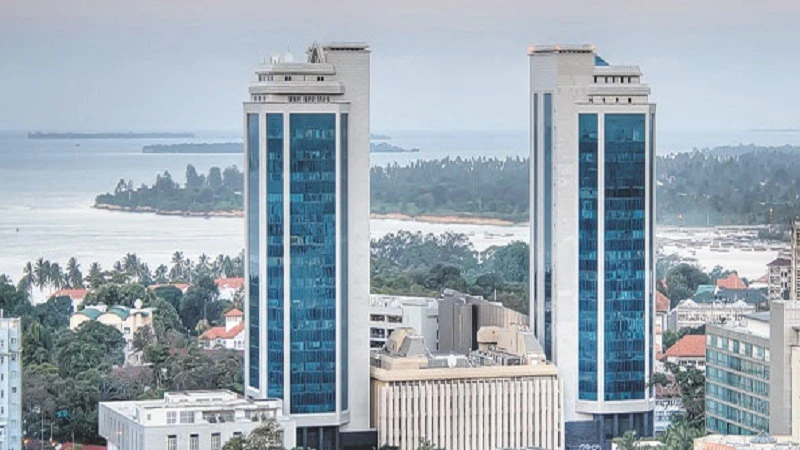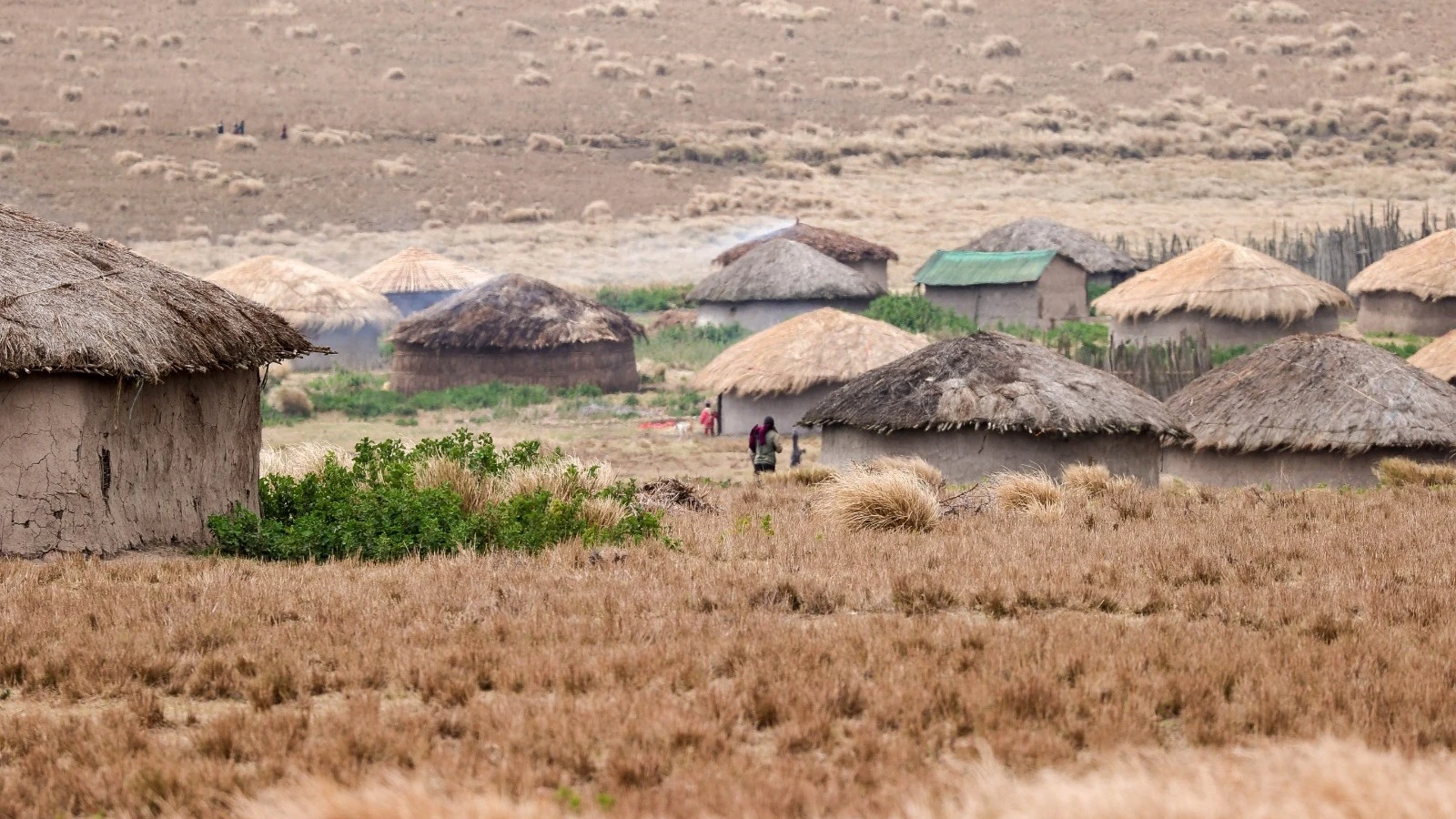BoT projects economic growth of 5.6pc in Q3, 2024

The Bank of Tanzania (BoT) is projecting an economic growth of 5.6 percent during the third quarter of this year, and is projected to grow at around the same pace in the fourth quarter of the year, attributed by the increases in public and private sector investments.
The projected growth is bolstered by improvements in global and domestic economic conditions.
In its monetary policy report released at the end of last week, the central bank also estimated an economic growth of 5.8 percent during the second quarter, an increase from 5.6 percent recorded during the first quarter.
Contributors of real GDP include construction, agriculture, tourism, financial and insurance activities, manufacturing, trade and repair as well as transport and storage.
In addition, the report says that the growth will be reinforced by improving agricultural activities due to the availability of inputs (fertilizers and quality seeds) and pesticides, as well as investment in irrigation schemes.
Construction is also expected to continue driving growth, owing to the construction of SGR, roads, airports and residential buildings.
Furthermore, improving transport logistics through ports, railways and airways is projected to contribute significantly to growth.
Increasing electricity generation, particularly from Mwalimu Nyerere and Rusumo Hydropower plants, are expected to add impetus to growth.
Despite this positive outlook, challenges remain, such as inflationary pressures, global economic uncertainty, and fluctuating commodity prices.
Headline inflation was 3.1 percent in the quarter ending September 2024 and is projected to be at around 3.2 percent in the subsequent quarter.
The stability of consumer goods prices in the world market, adequate food supply, stable power supply, and prudent monetary and fiscal policies are expected to contribute the most in containing inflationary pressures.
“The upside risks to the inflation outlook include the potential disruption of supply chains due to geopolitical conflicts,” says BoT.
According to the report, private sector investment is expected to expand due to credit growth through banks intermediation and microfinance lending.
Tourism and exports of cash crops such as cashew nut, tobacco, cotton, and coffee are expected to be higher than last year. Electricity generation, an input into manufacturing activities, also increased.
However, the report notes that the growth of money supply slowed slightly in July to September 2024 relative to the preceding quarter. Private sector credit growth remained robust, averaging at 17.1 6 percent, as in the previous quarter.
The risk on lending remained low, reflected by improvement in banks' asset quality, with the NPL ratio decreasing to 3.9 percent in August 2024 from 5.1 percent in the corresponding month of 2023.
Private sector credit growth is expected to remain high as global and domestic economic conditions continue to improve, coupled with supportive policies intended to boost economic growth.
Foreign exchange inflows improved on account of a seasonal increase in tourism and exports of food and cash crops.
The high price of gold in the world market also contributed to the foreign exchange inflows. The exchange rate depreciated at a slower pace of 10.1 percent, year-on-year, in September 2024, compared with 12.5 percent in June 2024.
Foreign exchange reserves were high, amounting to US$5,413.6 million at the end of September 2024 from US$5,345.5 in June 2024.
The reserves were more than 4 months of projected imports, which aligned with the country’s requirement.
Meanwhile, the Zanzibar economy is also projected to grow at the same high levels of 6.4 percent in the outer periods of the year, driven by transport, financial and insurance, and construction.
Inflation also eased in Zanzibar, reaching 5.1 percent in August 2024 attributed to both food and non-food prices and is projected to remain consistent with the target of 5 percent.
Top Headlines
© 2024 IPPMEDIA.COM. ALL RIGHTS RESERVED

























